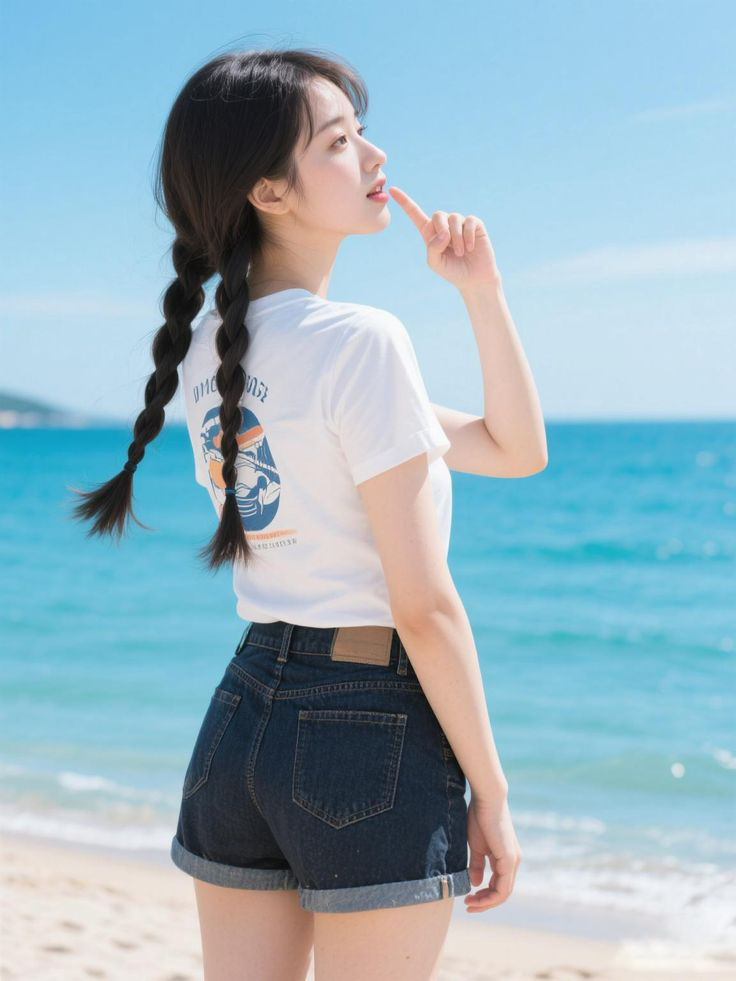Fashion has always been more than the simple act of covering the body with clothing. It is a cultural language, a reflection of personality, a marker of historical change, and an expression of creativity. Throughout history, from the garments of ancient civilizations to the high-tech fabrics of today, fashion has played a fundamental role in shaping identity and social belonging. In modern times, it continues to evolve at an extraordinary pace, influenced by global trends, technological innovation, and social movements. Understanding the role of fashion in contemporary society requires a deep exploration of its cultural, social, and economic dimensions, as well as an acknowledgment of its power to shape not only personal identity but also collective consciousness.
Fashion as a reflection of identity is one of its most significant roles. The way individuals dress communicates much about who they are, the values they hold, and the communities they belong to. Clothing choices often signal cultural background, gender expression, and social status, and they can even reveal political or ideological beliefs. For instance, a simple T-shirt with a slogan can carry powerful political messages, while traditional garments represent cultural heritage and continuity. In this sense, fashion is a visual vocabulary that allows people to express their individuality while also connecting them to larger social groups. The personalization of style through accessories, colors, and silhouettes demonstrates that fashion is not only about external appearance but also about internal identity.
Fashion also serves as a mirror of historical and social changes. Different eras can be recognized instantly by their signature clothing styles, from the corsets of the Victorian period to the flapper dresses of the 1920s or the minimalist lines of the 1990s. Each trend tells a story about the values, struggles, and aspirations of the people who lived during that time. For example, women’s liberation movements in the twentieth century coincided with changes in fashion that rejected restrictive garments and embraced more practical clothing. Similarly, contemporary discussions about gender fluidity and inclusivity are reflected in fashion collections that defy traditional gender binaries. Fashion, therefore, is not static but dynamic, constantly adapting to reflect societal shifts and cultural transformations.
In the economic sphere, fashion represents one of the largest global industries, generating billions of dollars each year. From luxury brands that craft exclusive collections for the elite to fast-fashion retailers that produce affordable styles for the masses, fashion permeates nearly every aspect of commerce. This economic power makes fashion a driving force in shaping employment markets, international trade, and even sustainability debates. However, this influence also brings responsibility. The fashion industry has faced criticism for promoting overconsumption, exploiting labor, and damaging the environment through unsustainable production practices. As awareness grows, many brands and consumers are now shifting toward sustainable fashion, emphasizing ethical production, recycling, and eco-friendly materials. This new movement highlights how fashion is not only an economic enterprise but also an area where moral and environmental concerns intersect.
Technology has added another dimension to the evolution of fashion. Digital platforms have transformed how people discover, consume, and engage with style. Social media influencers now set trends that spread globally in seconds, while online shopping allows consumers to access clothing from anywhere in the world. Beyond consumption, technology is also revolutionizing the creative process. Designers use 3D modeling, artificial intelligence, and virtual reality to experiment with new ideas and test them in virtual environments before producing physical garments. These innovations not only make design more efficient but also allow for greater inclusivity, as digital fashion shows and virtual try-ons give access to people who were previously excluded from elite fashion spaces. This integration of technology into fashion underscores the adaptability of the industry and its capacity to reinvent itself continuously.
Cultural exchange has always been at the heart of fashion, and in the globalized world it has become more significant than ever. Fashion is no longer confined to one geographic region but is instead influenced by diverse traditions from across the globe. For instance, Japanese street style has had a major impact on Western designers, while African prints and fabrics have inspired collections worldwide. This exchange enriches fashion by bringing different perspectives and aesthetics into conversation. At the same time, it also raises questions about cultural appropriation and respect for heritage. The challenge for designers and consumers alike is to celebrate cultural diversity while acknowledging its origins and ensuring that traditions are honored rather than exploited.
One cannot ignore the psychological role of fashion in everyday life. Clothing affects not only how others perceive an individual but also how individuals perceive themselves. This phenomenon, often referred to as “enclothed cognition,” suggests that wearing certain garments can influence confidence, mood, and even performance. For instance, formal attire can make someone feel more authoritative, while casual wear might encourage relaxation and comfort. Fashion, therefore, is deeply connected to emotional well-being and self-expression. People often choose outfits not only based on practical needs but also on how they wish to feel or how they want to be perceived in a particular context. This psychological dimension reinforces the idea that fashion is much more than a superficial concern.
In addition to personal identity, fashion plays a central role in building communities. Subcultures often define themselves through distinctive styles that set them apart from mainstream society. From punk leather jackets to hip-hop streetwear, these fashion choices become powerful markers of group identity and belonging. They allow individuals to communicate shared values and resist dominant norms. Fashion thus becomes a form of silent rebellion and solidarity, a way for marginalized groups to assert visibility and create their own cultural spaces. The ongoing influence of subcultures demonstrates that fashion is not only about following trends but also about creating them in defiance of mainstream expectations.
The relationship between fashion and art also cannot be overlooked. Many designers are considered artists in their own right, creating pieces that go beyond functionality to become works of aesthetic beauty. Fashion shows are not merely commercial events but theatrical performances that showcase creativity and imagination. Museums now dedicate entire exhibitions to fashion, recognizing its artistic significance alongside painting, sculpture, and architecture. This blending of art and fashion elevates clothing to more than material necessity, affirming its place as a form of cultural expression that shapes and reflects human creativity.
Looking toward the future, fashion will continue to face challenges and opportunities that reflect broader societal issues. Sustainability will remain at the forefront as the industry grapples with environmental concerns. Advances in technology will further reshape how clothing is designed, produced, and consumed, opening possibilities for customization and digital-only garments. Social movements will push for greater inclusivity, diversity, and representation, ensuring that fashion reflects the multiplicity of human experience. These changes will demand adaptability from brands and creativity from designers, but they will also open new possibilities for consumers to engage with fashion in meaningful ways.
Ultimately, fashion is not a trivial pursuit but a powerful cultural force that touches nearly every aspect of human life. It influences identity, reflects social change, drives economies, and fosters creativity. By understanding fashion as a complex and dynamic phenomenon, one can appreciate its role in shaping both personal experiences and collective histories. In the modern world, fashion continues to be a mirror of society, a stage for innovation, and a canvas for self-expression. Its evolution is a testament to the enduring human desire to create, communicate, and connect through style.

